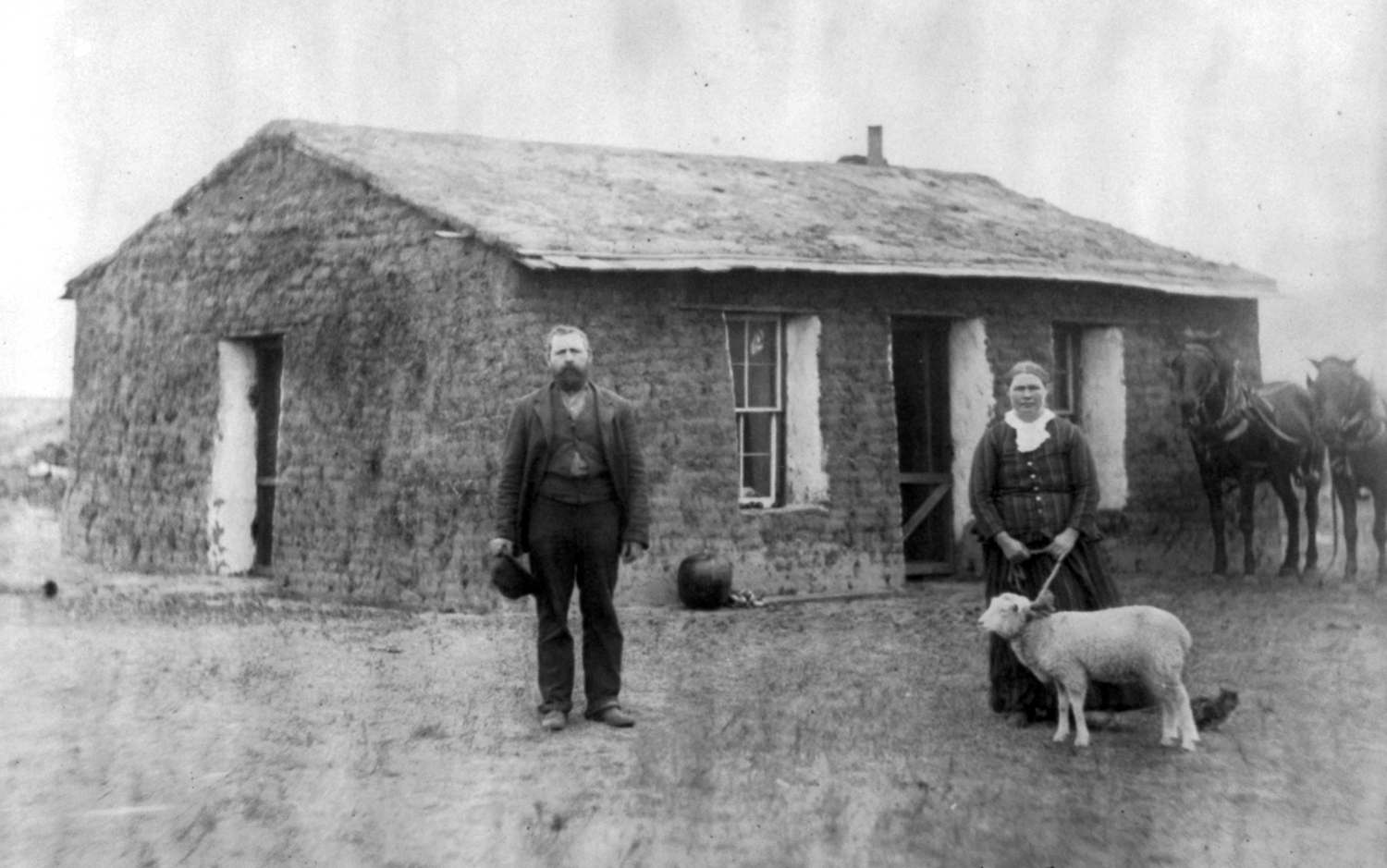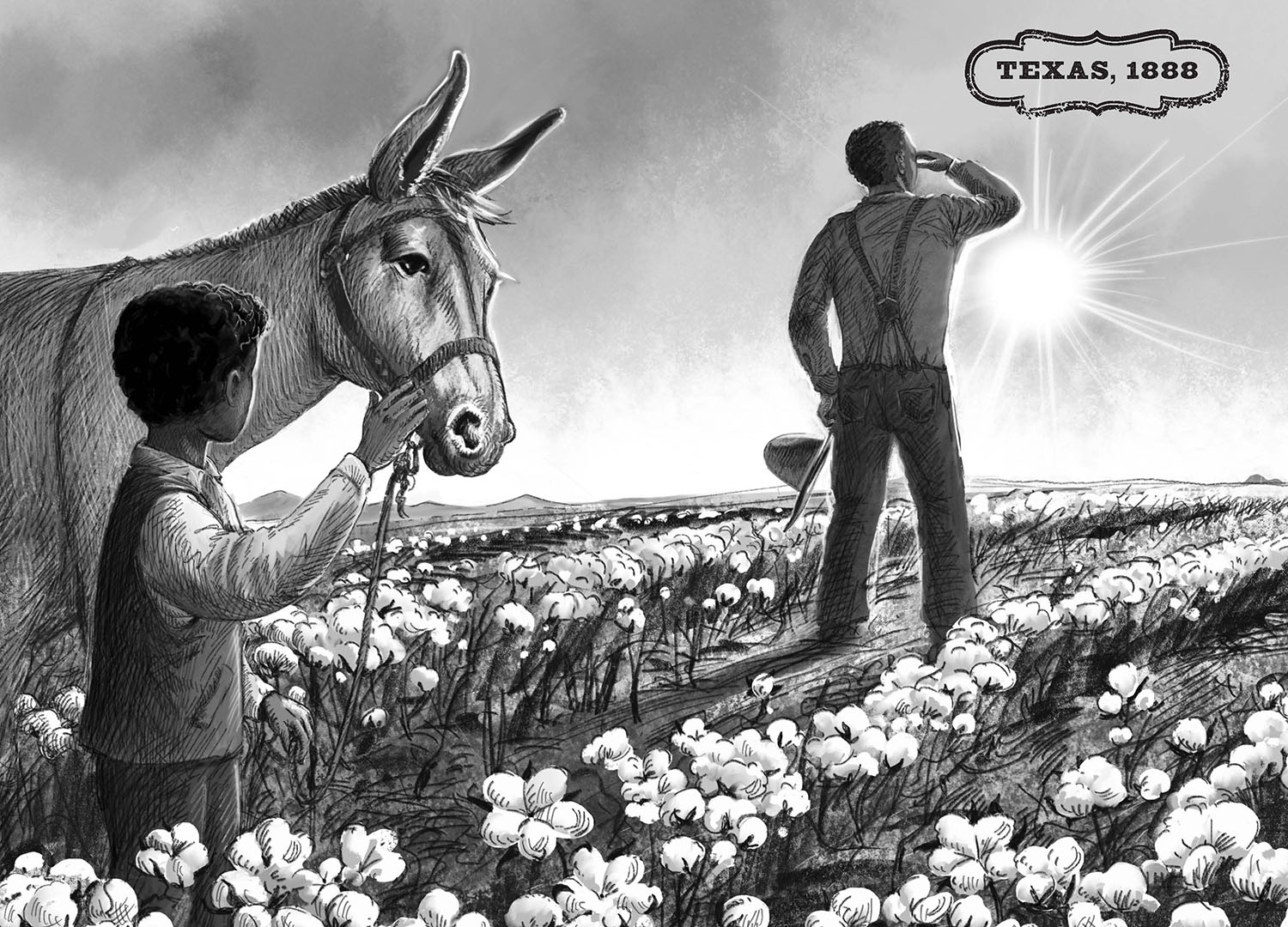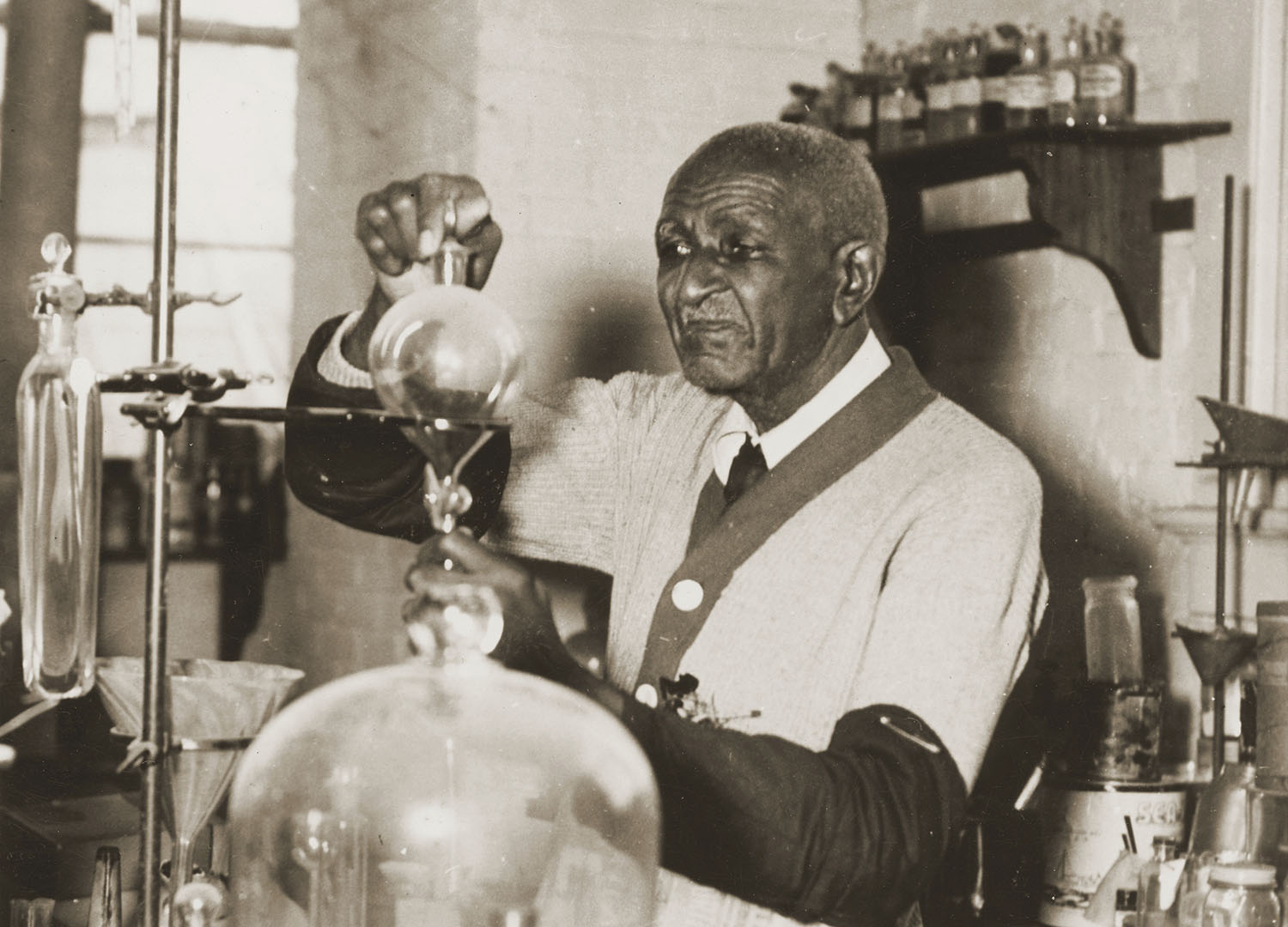An American Story
In honor of Black History Month, here’s the story of the Black homesteaders who helped settle the American West.
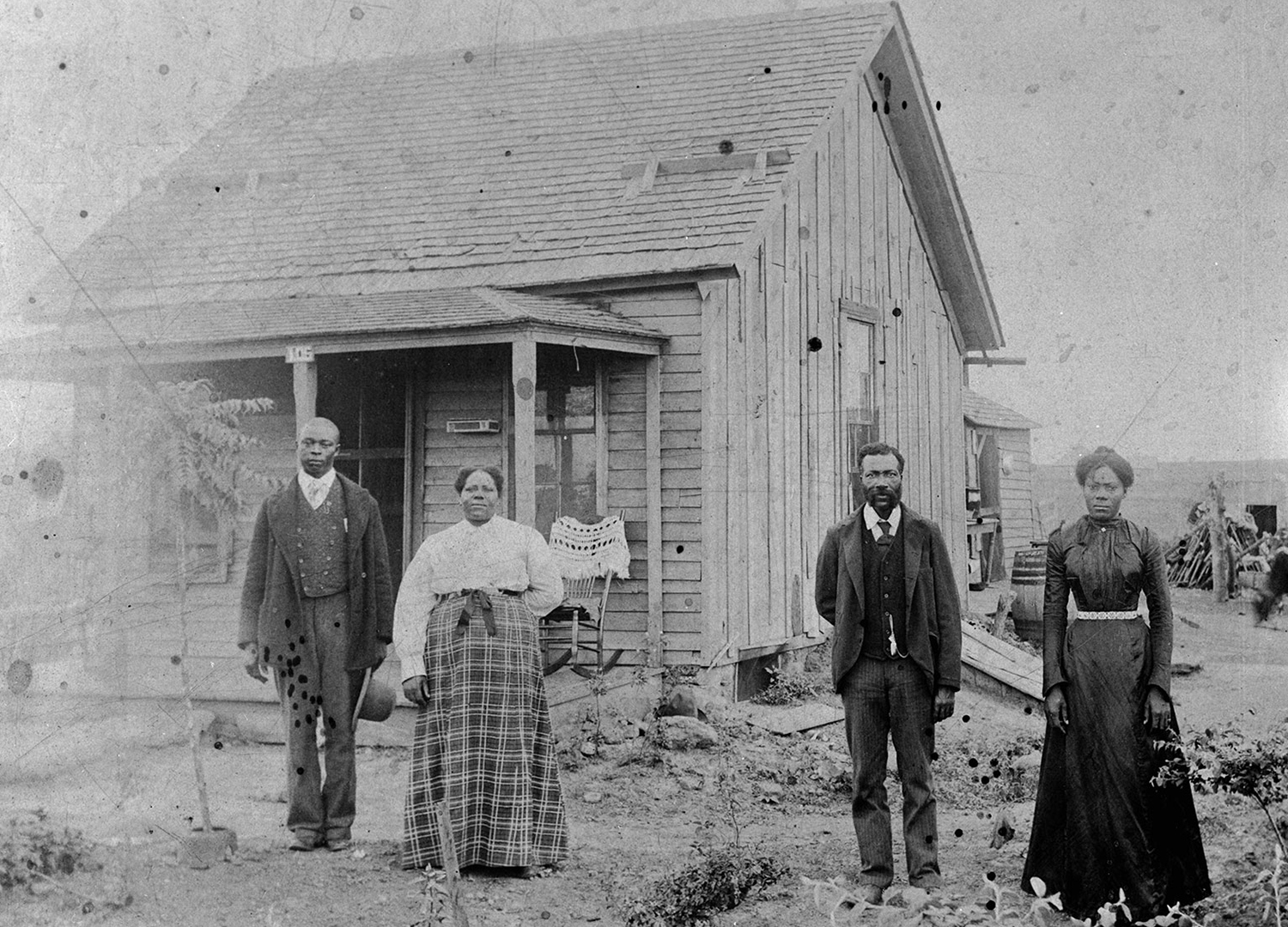
Library of Congress, Washington D.C.
These homesteaders settled in Nicodemus, Kansas, a community established by formerly enslaved people in 1877.
You may have heard tales of people traveling west across the United States in covered wagons in the 1800s. Many of the farms, towns, and cities founded by these settlers still exist today! But did you know that some of the settlers who helped populate the midwestern and western U.S. were Black Americans? Here’s a very short telling of their story.
A Law Opens Up the West
The story begins with a U.S. law called the Homestead Act of 1862. The Homestead Act said that any loyal American who was 21 or older or the head of their household could claim 160 acres of government-owned land. These settlers were required to build a house and grow crops on the land they claimed. They also had to live on the land for at least five years. If they did all of this, they could keep the land!
This law wasn’t good news for everyone. The U.S. government had taken this land from American Indians. Native peoples in much of the country were forced to move to small pieces of land called reservations so that mostly white settlers could have the rest of the land.
Black Settlers
For settlers, the law meant a chance to own their own land. This was life-changing, especially for Black Americans. In the southern U.S., most Black people were enslaved until the 1860s. In 1865, the U.S. Constitution was changed to make slavery illegal.
But while Black people were no longer enslaved, life was still very hard. Most enslaved people had no opportunity to go to school or learn many skills. It was often difficult for them to find jobs or earn enough money to get ahead. Many people who had been enslaved continued to work for the same people who had enslaved them. They had few other choices.
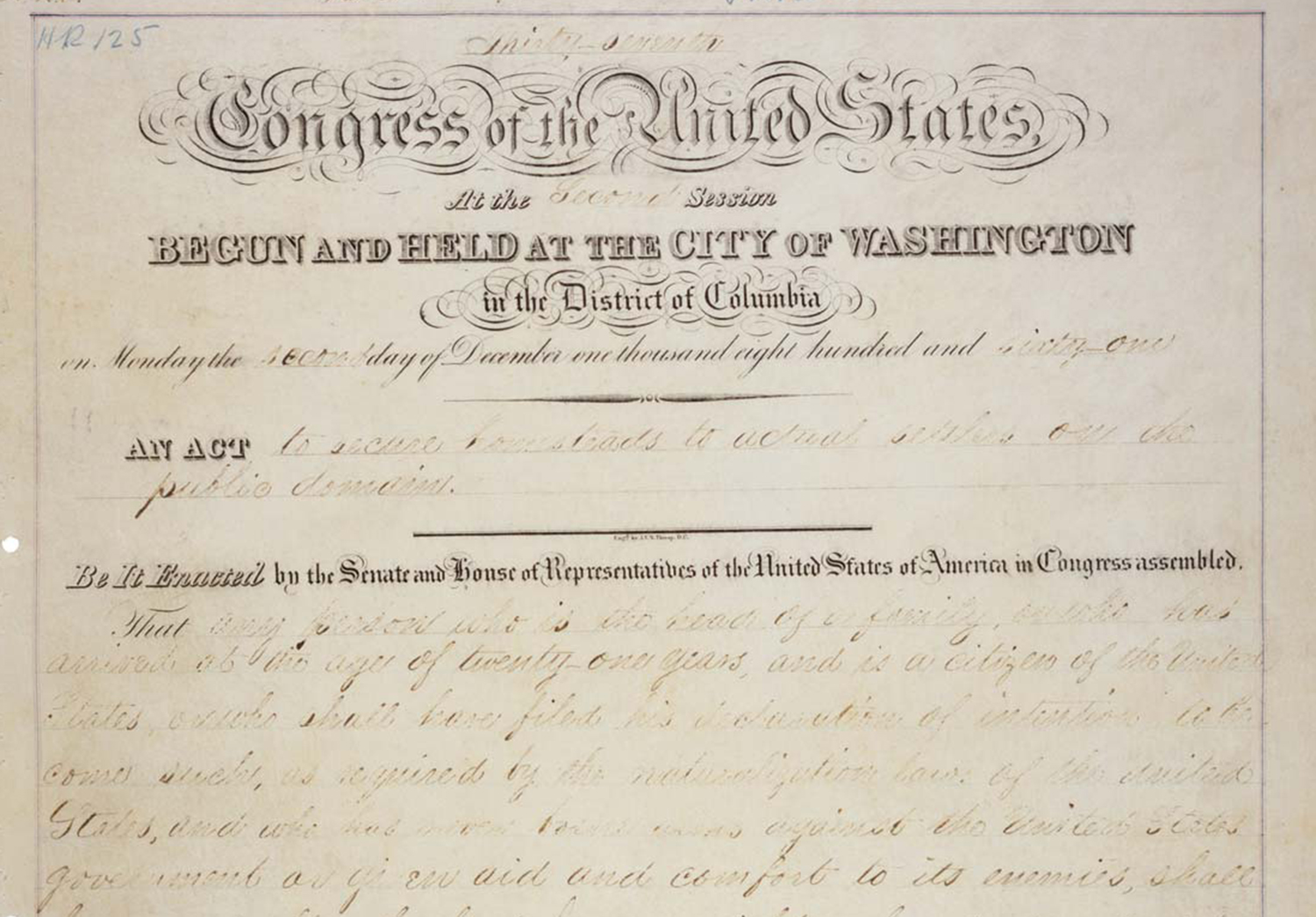
National Archives and Records Administration
In 1862, the U.S. Congress passed the Homestead Act. The law is written down on this document.
But the Homestead Act was open to Black Americans, just as it was open to white Americans. And so, thousands of Black Americans journeyed north and west to newly opened lands. For them, the chance to own land was a form of freedom they’d never had before. Once they claimed their 160 acres, that land was theirs for as long as they liked. They could live on it, grow crops on it, and sell the crops for money.
New Lives
Settling the land was not easy. Black and white settlers faced harsh weather, failed crops, and many other problems. Some people did not think Black people deserved the same opportunities as white people. They treated Black settlers unfairly. Some were even violent.
To protect themselves and each other, many Black settlers made their journeys with friends and family. They settled the land together, forming communities so that they could help one another. This happened in many states, including Kansas, Nebraska, Oklahoma, Wyoming, and Colorado. Successful settlers could open schools, churches, and businesses.
For Black settlers, land ownership was just the beginning. It gave the settlers the money they needed to build their futures.

